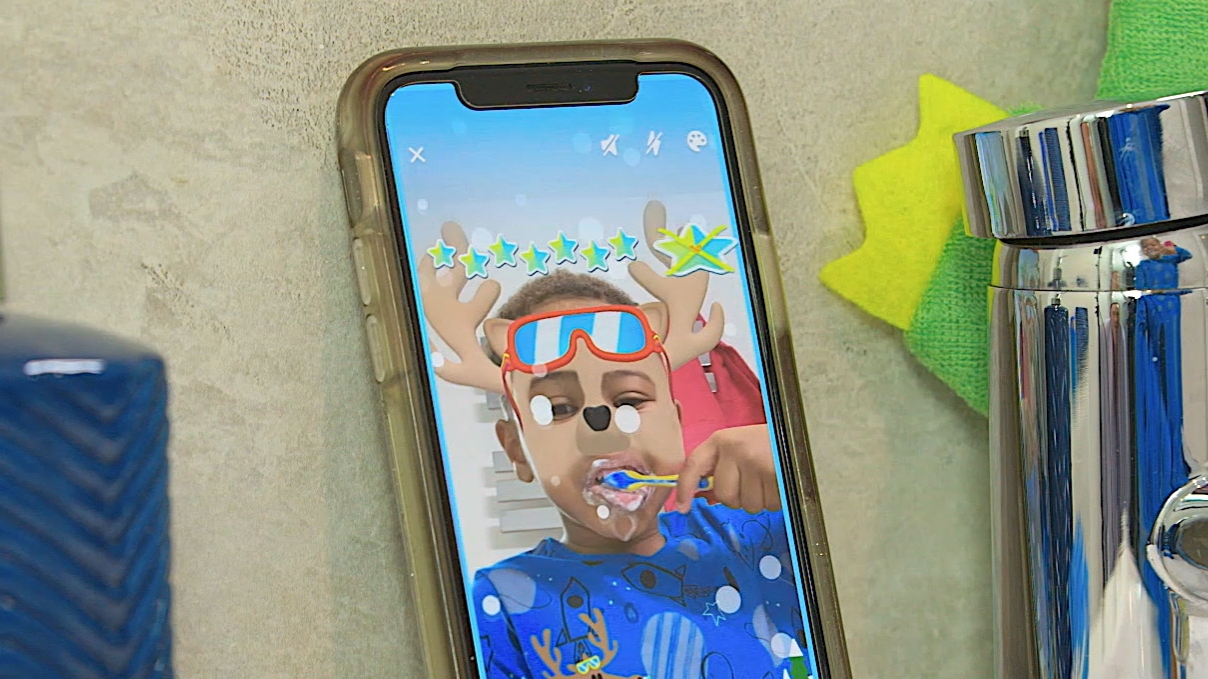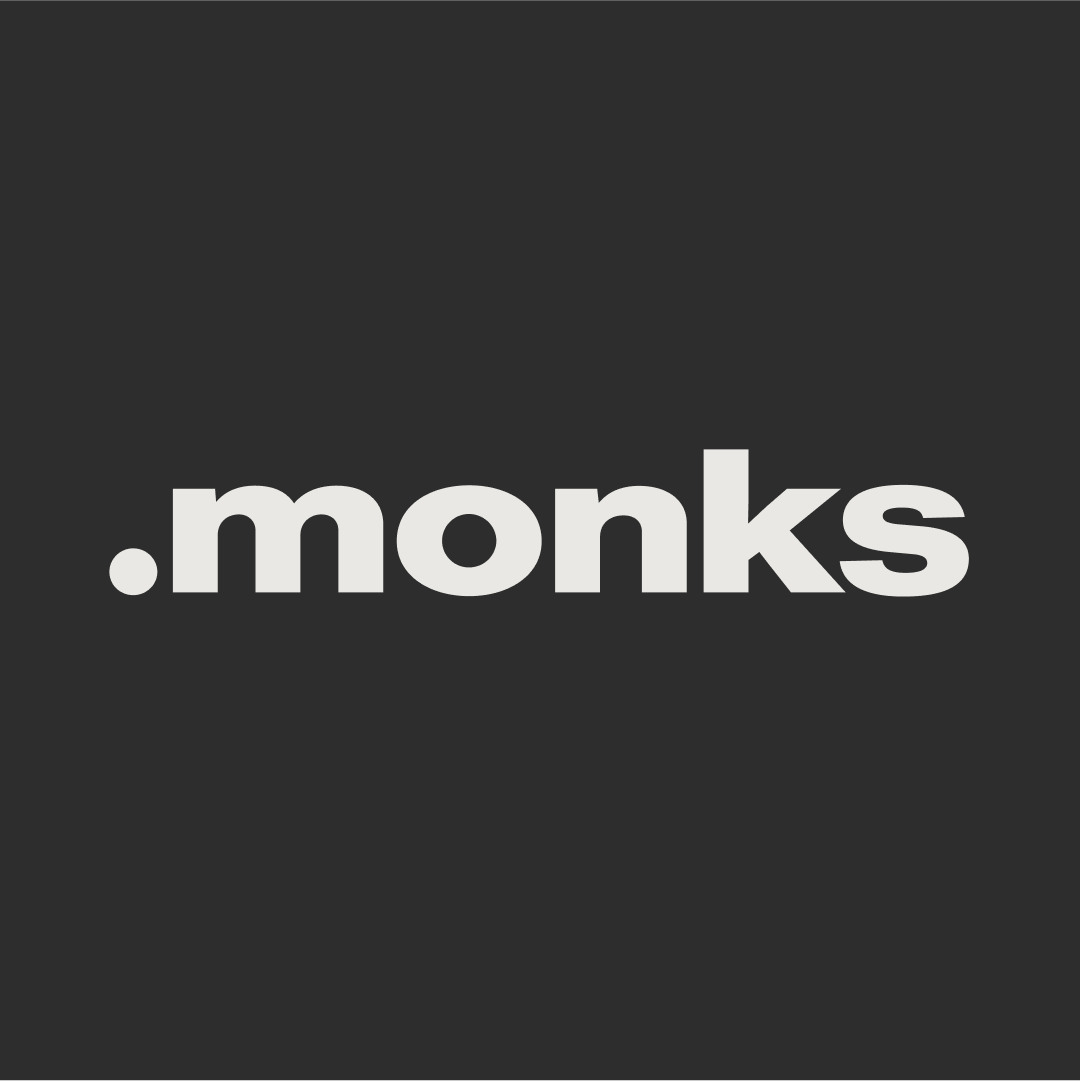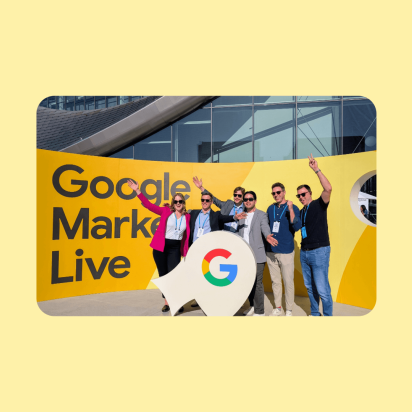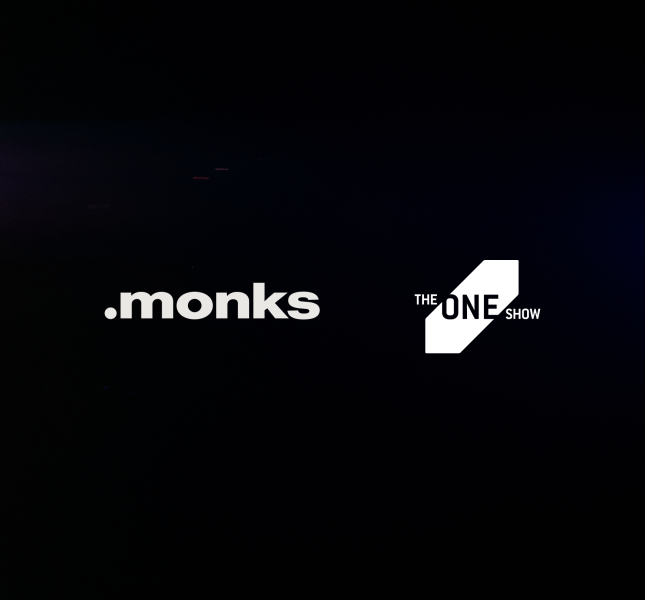Facebook’s New AR Ads: Get Ready for Your Close-Up
Facebook ads are about to become a lot more fun. In the lead-up to the recent Advertising Week New York conference, Facebook announced three interactive ad formats that offer new ways for consumers to engage with brands: video poll ads, playable game ads and interactive AR ads built through Facebook’s Spark AR platform.
Each of these may look familiar, as they’re not entirely new. Video poll ads have been available in Instagram Stories for quite some time, prompting users to answer a question while watching video content. Like with Facebook’s Instant Experience formats, brands can use video polls to open up a web page in-app, allowing users to act on the video content (like downloading a mobile game as its trailer plays). Playable ads essentially function like minigames. While they were originally open to select brands, they are now available to all advertisers.
Perhaps most exciting are playable AR ads, which bring the familiar experience of selfie filters and Facebook Camera Effects into the mobile News Feed. AR ads became available to a subset of advertisers in July 2018 for testing, and the results, according to Facebook, look promising: the social network notes that AR ads drove a 27.6-point lift in purchases for WeMakeUp. By inviting users to try on lipstick shades, the ad also drove an average of 38 seconds of interaction—a significant increase in the 1.7 seconds users typically spend consuming content on the platform.
We’re still at a place where AR is a thing people know about, but you have to go through a lot of steps to get there.

They weren’t the only ones. Fellow beauty brand Bobbi Brown tested AR ads earlier this year against regular video ads. Their AR ads—also allowing users to try on new lip colors—tripled click-through rates and doubled website purchases compared to video, according to Glossy.
Bringing Together Fun and Function
One reason the examples above are so effective because they offer a low barrier of entry to try out and experiment with products at the top of the funnel: just a single tap. “We’re still at a place where AR is a thing that people know about and can be used for advertising, but you have to go through a lot of steps to get there,” says Samuel Snider-Held, Creative Technologist at MediaMonks. “This is a way of removing one of the steps.”
While entertainment-based Camera Effects make a great way for brands to promote sharing and empower users to tell their own stories, AR ads focusing on utility can help users really understand and research a product, driving meaningful engagements and measurable results. “Makeup and glasses have been some of the most poignant use cases for advertising with Camera Effects because people immediately see it and understand it,’” says Snider-Held.
Spark AR is also an incredibly accessible platform for brands to build simple, snackable experiences, and is a low-hanging fruit for experimenting with supporting augmented reality. Developing just a single Camera Effect, for example, provides brands the opportunity to establish a direct connection with consumers at scale—especially for brands that strive to take their creative capabilities in-house, but are tight on resources.

Our Camera Effect experience for Unilever’s Signal toothbrush, transforming their Little Brush Big Brush web series into a full-fledged AR experience that gets kids in the groove of establishing healthy brushing habits. With animal mask filters and gamified elements, the Camera Effect shows how AR can be made both fun and functional, as well as the power of content to build brand love through differentiated, engaging digital experiences.
Building on User Behavior
It’s easy to see why AR ads are so effective for Facebook users: integrated directly within Stories and now the mobile News Feed, these effects fit seamlessly within the ways that users interact with one another on Facebook—opposed to, say, an AR experience that engages users on Facebook but ultimately pulls them away to an external microsite.
As brands invest more in digital advertising, they must evolve their strategies to react to emergent user behavior, because doing so is key to remaining relevant and driving meaningful engagement with their audiences. A good creative and production partner can help brands become more relatable and engaging with the dominant modes of interaction and communication today, and help them anticipate or overcome common challenges in the process.

With back-facing camera support, brands can make their surroundings much more fun and engaging.
For example, Snider-Held highlights one challenge that some brands—luxury ones in particular—may run into with AR ads: file size limitations, which make it tough to highlight minute details, like stitching on a bag. “If the file size stays limited, brands will have to decide if they want to use that space to entertain the user, or make a product model that looks as high quality as possible,” he says.
In a panel focused on the S4 Capital model at Advertising Week New York, Sir Martin Sorrell noted the that S4 is committed to partnering with tech giants and working with in-house teams—a quality that differentiates the group from the approach that traditional agencies take. This partnership can help you forecast future opportunities that emerge with new technology. “If we can use the back-facing camera as well, you could put a model of a car in your driveway,” says Snider-Held. He compares this functionality to similar uses of AR that lack the visibility offered by the Facebook News Feed, like platform-specific AR models only available on certain apps on specific devices.
But these new means of collaborating are essential in ensuring brands are equipped to engage in step with changing means of communication, perhaps even innovating in the process. We’re excited to see how Facebook has revitalized familiar ad formats like video polls and Camera Effects by transferring each to a new environment, and look forward to how both will enable new conversations between users and brands.
Related
Thinking
Sharpen your edge in a world that won't wait
Sign up to get email updates with actionable insights, cutting-edge research and proven strategies.
Monks needs the contact information you provide to us to contact you about our products and services. You may unsubscribe from these communications at any time. For information on how to unsubscribe, as well as our privacy practices and commitment to protecting your privacy, please review our Privacy Policy.



